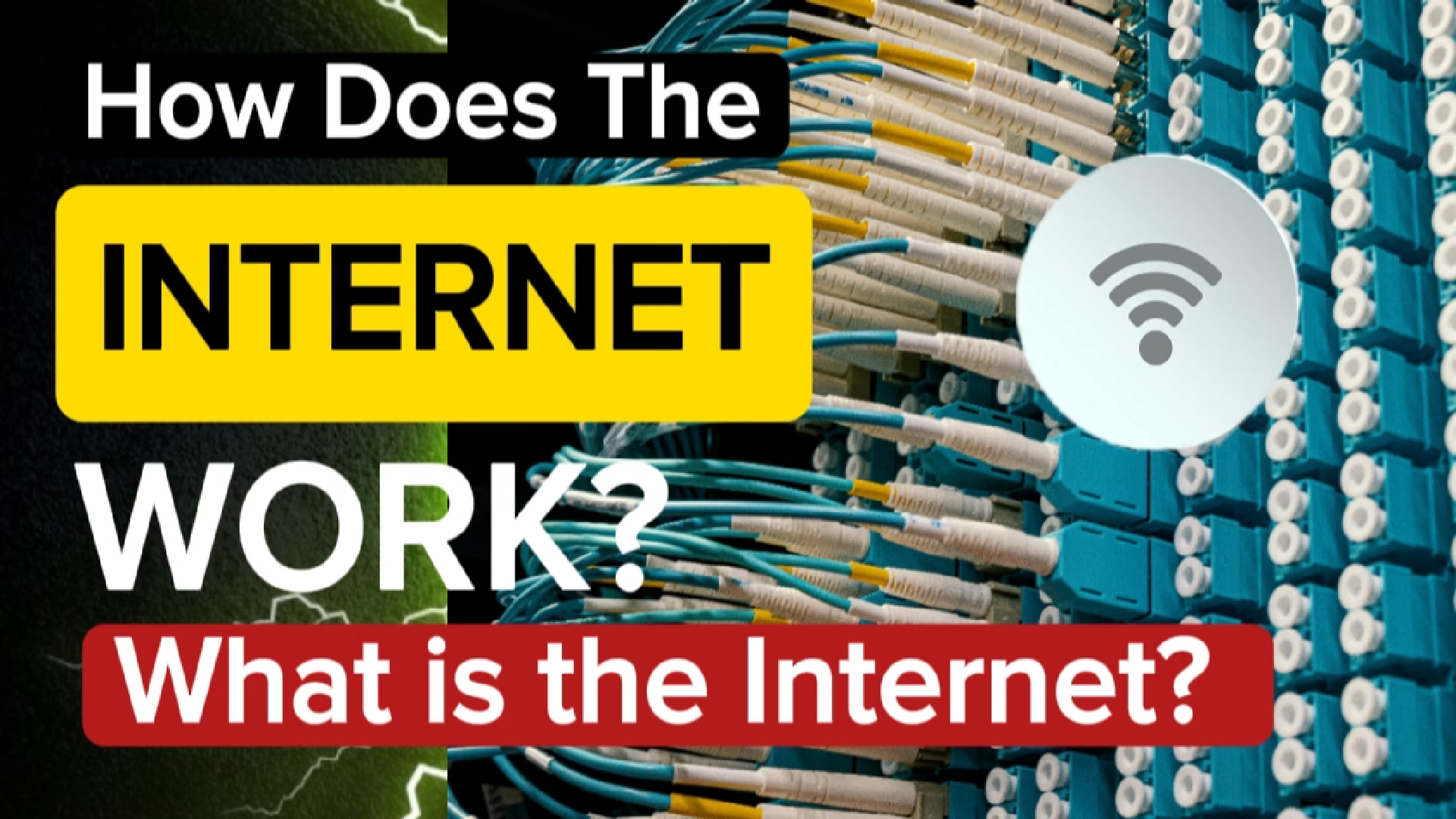How Does the Internet Work? A Beginner’s Guide to the Technology Connecting the World
Introduction: What Is the Internet?
Have you ever wondered how a message sent from your phone reaches a friend overseas in seconds? Or how streaming a movie or browsing a website actually works? The internet is a global network of interconnected computers, servers, and routers that share information at lightning speed. In this guide, we’ll demystify how this revolutionary technology operates—from servers to ISPs—in simple, relatable terms.
1. Servers: The Internet’s Giant Libraries
Imagine a massive digital warehouse storing every website, video, and photo you’ve ever seen. These warehouses are called servers—powerful computers that store and manage data. When you click a link, your device sends a request to the server hosting that website. Like a librarian fetching a book, the server retrieves the data and sends it back to you. Without servers, the internet as we know it wouldn’t exist.
Key Takeaway: Servers are the backbone of the internet, delivering the content you access daily.
2. Routers: The Traffic Directors of Data
Once a server sends your requested data, how does it find its way to your device? Enter routers—the internet’s traffic controllers. Routers direct data packets (more on those next!) along the fastest path to their destination, avoiding congestion and delays. Think of them as GPS systems for the web, ensuring your Netflix stream or Zoom call runs smoothly.
Pro Tip: Routers work behind the scenes to prevent “data traffic jams,” making your online experience seamless.
3. Data Packets: The Internet’s Digital Envelopes
When you send an email or load a webpage, your data isn’t sent in one big chunk. Instead, it’s split into data packets—smaller pieces that travel independently across the internet. These packets hop from router to router, taking different paths to avoid bottlenecks. Once they reach their destination, they’re reassembled into the original file or message. This process happens in milliseconds, making the internet incredibly efficient.
Analogy: Sending data packets is like mailing a puzzle—each piece arrives separately but forms the complete picture in the end.
4. IP Addresses: Your Device’s Digital Home Address
Every device connected to the internet—your laptop, phone, or even smart fridge—has a unique IP address. This string of numbers acts like a digital mailing address, telling routers exactly where to send data packets. Without IP addresses, your online orders, messages, and searches would get lost in the digital void.
Example: A typical IP address looks like 192.168.1.1.
5. Protocols: The Rules of the Internet
How do devices communicate without chaos? Thanks to protocols—the universal rules governing internet communication. The most important are:
- TCP (Transmission Control Protocol): Ensures data packets arrive intact and in order.
- IP (Internet Protocol): Handles addressing and routing.
Together, TCP/IP forms the foundation of all online interactions, from sending texts to streaming videos.
6. DNS: The Internet’s Phonebook
Typing “www.google.com” instead of an IP address? You can thank the Domain Name System (DNS). DNS translates human-friendly website names into machine-readable IP addresses. Without DNS, we’d need to memorize endless strings of numbers to browse the web!
Fun Fact: DNS queries happen in milliseconds, so you’ll never notice the “translation” process.
7. ISPs: Your Gateway to the Internet
Internet Service Providers (ISPs) like Comcast or Verizon are the bridge between your device and the global internet. They assign your IP address, route your data, and provide access via cable, fiber, or satellite. Without ISPs, you couldn’t connect to servers, routers, or the rest of the internet’s infrastructure.
Conclusion: The Internet—A Global Team Effort
The internet is a marvel of modern engineering, powered by servers, routers, protocols, and ISPs working in harmony. Next time you send a message or watch a video, remember the invisible systems that make it all possible.
Ready for More?
This is Part 1 of our “How Tech Works” series. Stay tuned for mind-blowing deep dives into AI, blockchain, and more!
Engage With Us:
- Which part of internet tech surprised you most? Let us know in the comments!
- Subscribe for future episodes and share this guide with a friend who’s curious about tech.









